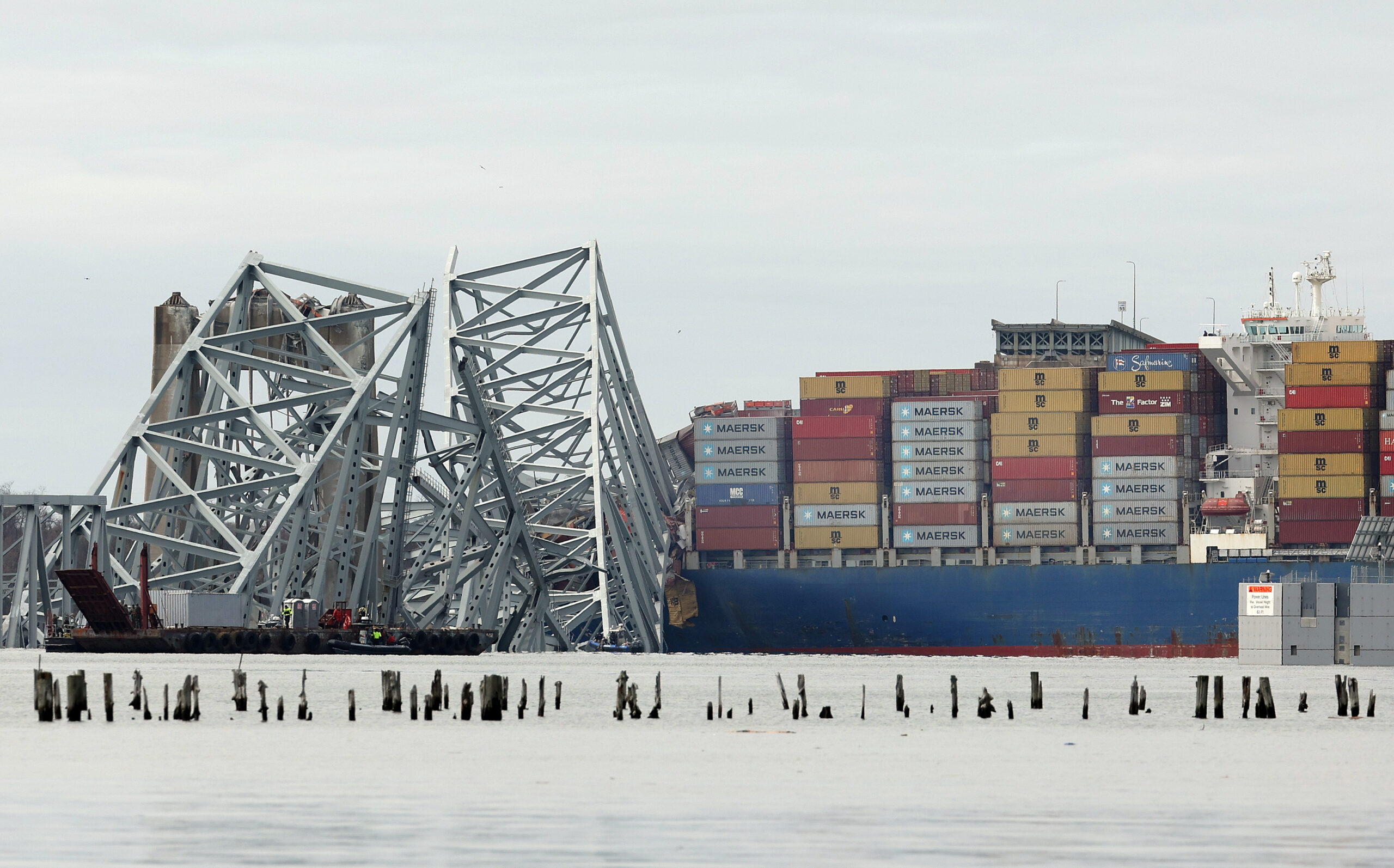Commentary: Baltimore could learn a few lessons on redevelopment from Cleveland

By David Plymyer
The writer is a former county attorney in Anne Arundel County. He can be reached at [email protected] or on X: @dplymyer.
Baltimore and Cleveland face similar challenges caused by the loss of jobs and decreases in population. Those challenges include a surplus of office space in the downtown business districts and a large inventory of vacant and abandoned properties. Cleveland, however, has done a far better job than Baltimore in meeting those challenges.
Cleveland leads the nation in office-to-residential conversions. It has a successful land bank that has been demolishing abandoned and neglected houses and returning the properties to constructive use for 14 years. Cleveland also is implementing an ambitious master plan to reconfigure the Lake Erie waterfront, returning substantial sections to park-like open spaces.
The reason for Cleveland’s edge? A thoughtful, methodical approach to problem solving that relies on facts, demonstrable expertise and experience. That approach has proven more successful than Baltimore’s tendency to jump from one ill-conceived “game changing” idea to the next.
Revitalizing downtown
A recent Washington Post editorial touted Cleveland as “America’s best example of turning around a dying downtown.” The editorial attributed the city’s success in transforming the downtown into an inviting residential neighborhood to the city’s concentration on a relatively compact area. That strategy includes focusing the use of tax incentives on its downtown district.
Baltimore, in contrast, has used various forms of tax incentives to promote development of new neighborhoods outside of the downtown area that compete with it for businesses and residents, including Harbor East and Harbor Point. The city gave developers of Port Covington, now known as Baltimore Peninsula, a whopping $660 million tax break to build office buildings that remain mostly empty.
Residents are moving into the apartment buildings at Baltimore Peninsula. While that offers some comfort to Baltimore Peninsula investors, it could be further bad news for downtown. Add the 900 apartments that the mayor wants to allow developer P. David Bramble to build on city park property along Light Street as part of his redevelopment of Harborplace, and competition with new apartments could slow the pace of office-to-residential conversions downtown.
Stated another way, Cleveland has a strategy for the judicious use of tax incentives. Baltimore hands out tax breaks to developers like candy, a practice that results in a grossly inequitable property tax system and an oppressively high tax rate that discourages reinvestment elsewhere in the city, especially in poorer neighborhoods.
Eliminating blight
Cleveland, with a population of about 368,000, is part of Cuyahoga County. Together the city and county have employed a proven, systematic approach to eliminating blight. The Cuyahoga County Land Bank was established in 2009 and is considered one of the most successful in the country. By 2019, it had completed nearly 2,000 home renovations and 8,000 demolitions in Cleveland and its inner suburbs.
Working with the Cleveland Land Bank, a smaller land bank that operates within city limits, the Cuyahoga Land Bank has made steady progress eliminating blight. A 2015 survey showed that there were about 12,000 vacant properties in Cleveland. The number is now estimated to be between 1,000 and 3,000.
Baltimore, with a population of about 570,000, has the third highest rate of vacant and abandoned properties in the country. Exact numbers are hard to come by, but current estimates are that there are around 15,000 vacant properties, or between 7% and 8% of all city properties, resulting in an annual revenue loss to the city estimated to be at least $100 million.
Eliminating vacant and abandoned properties is a difficult, long-term process, which is one reason why many Rust Belt cities turned to the concept of quasi-public land banks for continuity. Baltimore has had state enabling authority for a land bank since 2008 but has not implemented it.
Mayor Brandon Scott, who does not support a city land bank, announced last month that the city will combat blight through the combined efforts of the Department of Housing and Community Development and BUILD, a faith-based organization with considerable political influence. The mayor never fully explained why he chose BUILD for a partner. He did, however, emphasize the ambitiousness of the undertaking: “We can’t gloss over how big this is. With our plan, Baltimore will be on the cutting edge of housing policy for the entire country.”
The editorial board of the Baltimore Sun had a different take, describing the plan released by the mayor as “overly complicated” and having “the feel of a hastily written undergraduate term paper.” I agree with that observation, adding that it is so devoid of detail that it is more like a press release than an actual plan.
Enhancing the waterfront
Cleveland is nearing completion of its North Coast Master Plan, intended to turn Cleveland into a true lakefront city by “reconnecting” the city to Lake Erie. It will create a green and sunlit buffer between the built environment and the water’s edge that is accessible from city neighborhoods, an idea embraced by the visionary 1967 master plan for Baltimore’s Inner Harbor.
James Corner Field Operations, the lead design consultant for Baltimore’s Reimagine Middle Branch Plan, was selected from a field of 18 applicants to design the North Coast Master Plan. Baltimore, on the other hand, turned planning for the redevelopment of Harborplace over to a single developer, Bramble.
Despite a virtual Who’s Who of prominent architects, planners and responsible developers writing letters to the editor, taking to social media and attending hearings to warn city leaders that they are headed in a direction that could destroy what makes Baltimore’s Inner Harbor such a cherished amenity, the city is charging ahead with Bramble’s plan. The casual manner in which expertise and the history of the Inner Harbor are being ignored is stunning.
Why the difference?
Cleveland has demonstrated the importance of careful planning and thoughtful, workable processes for getting things done. Its leaders listened to urban economists and planners and understood that real estate development alone cannot revitalize a city that struggles to retain its existing population, let alone attract more residents.
Consequently, it did not award hundreds of millions of dollars in tax breaks to encourage the construction of new office and apartment buildings. Baltimore did exactly that, and it accomplished little more than shifting jobs and people from one part of the city to another.
Above all, Cleveland’s leaders do not allow the interests of a relatively small handful of rich, powerful and politically influential persons to supersede the best interests of the city as a whole. Baltimore’s leaders make a practice of it.




 Creative Commons Attribution
Creative Commons Attribution